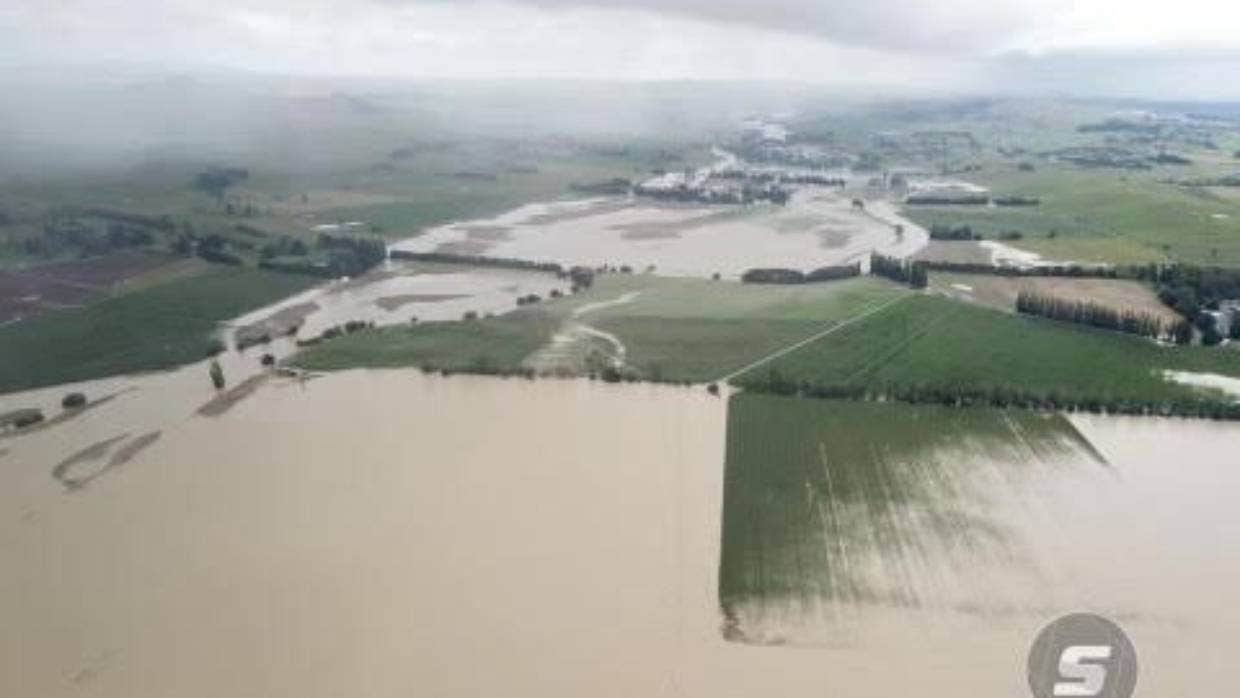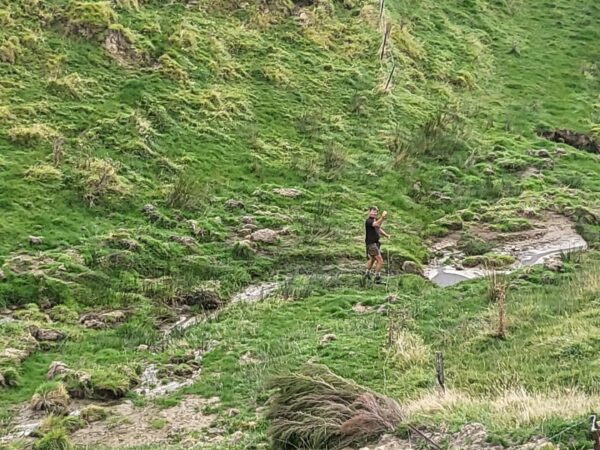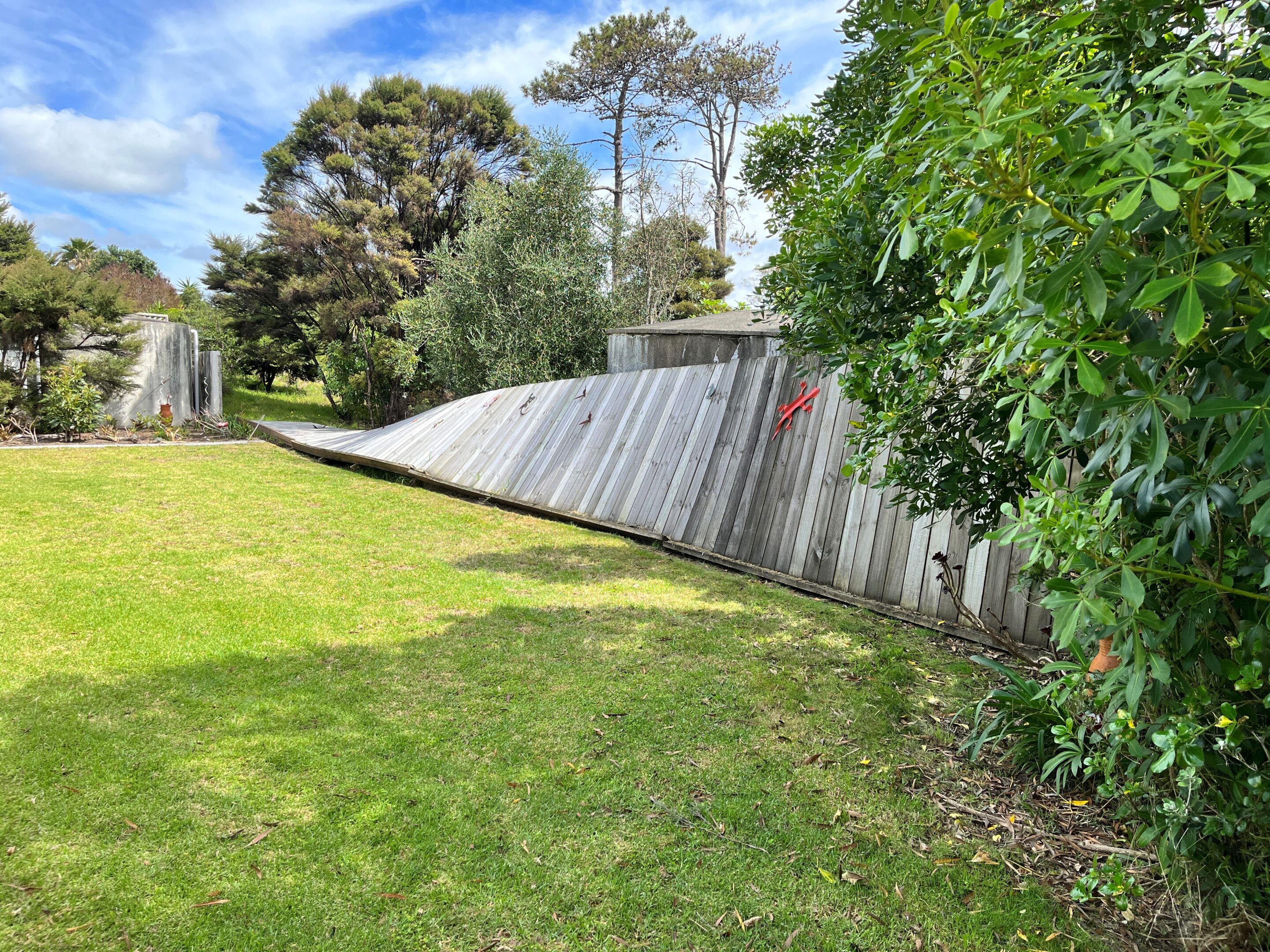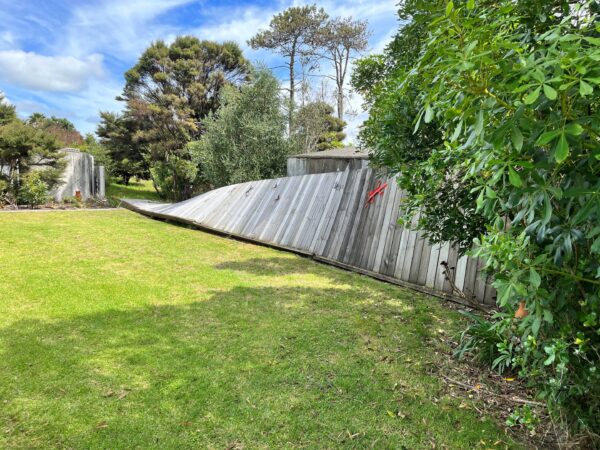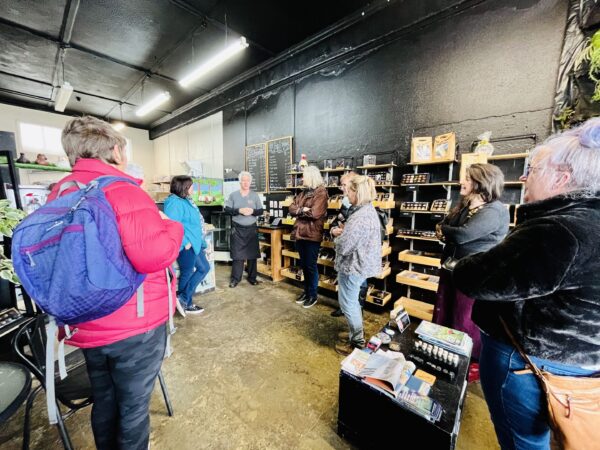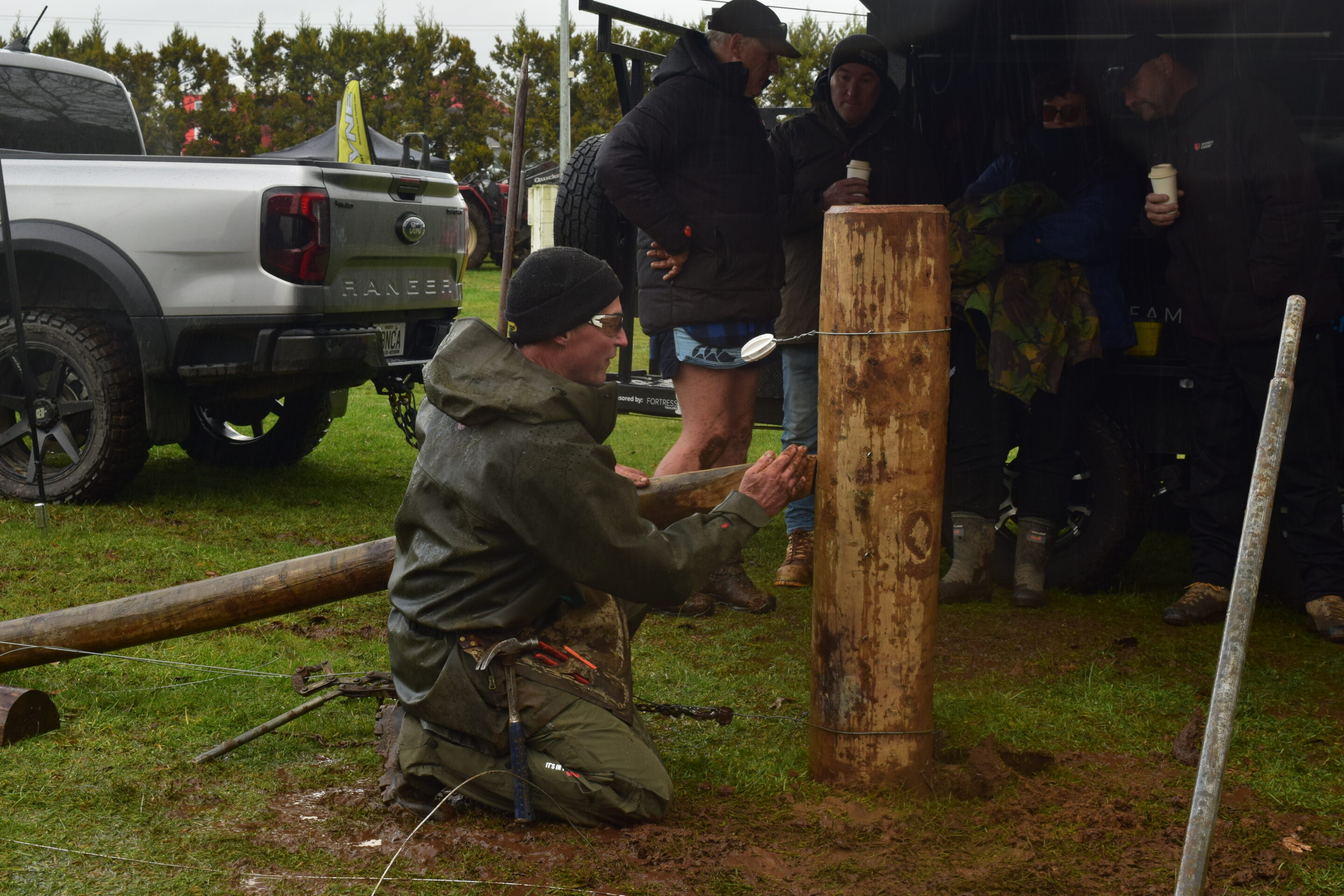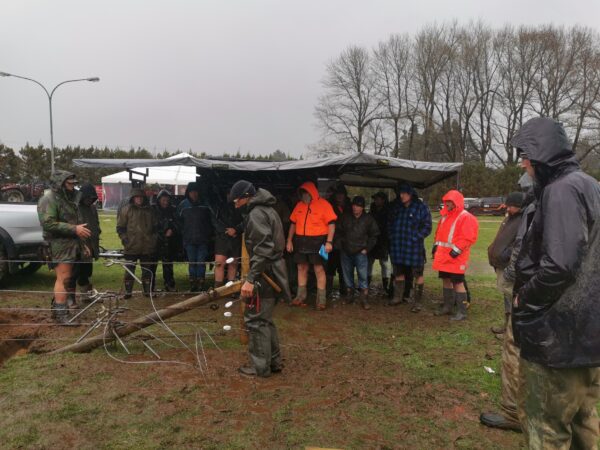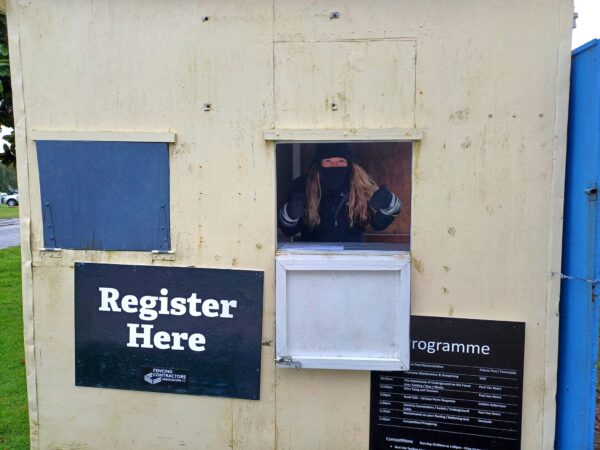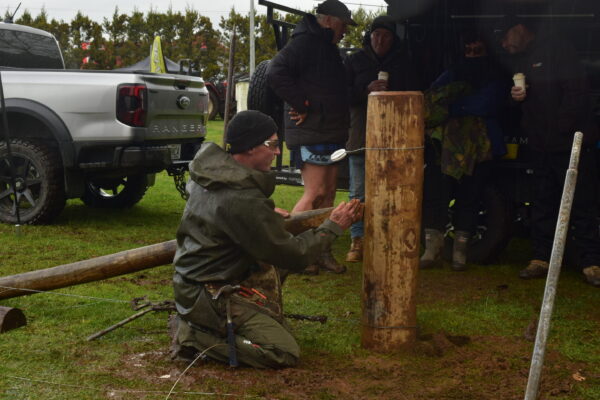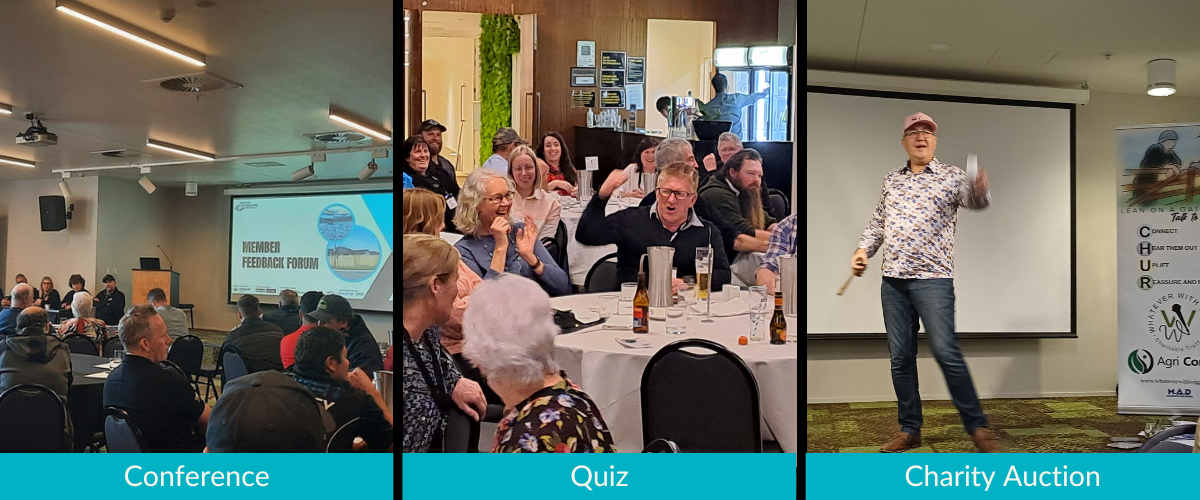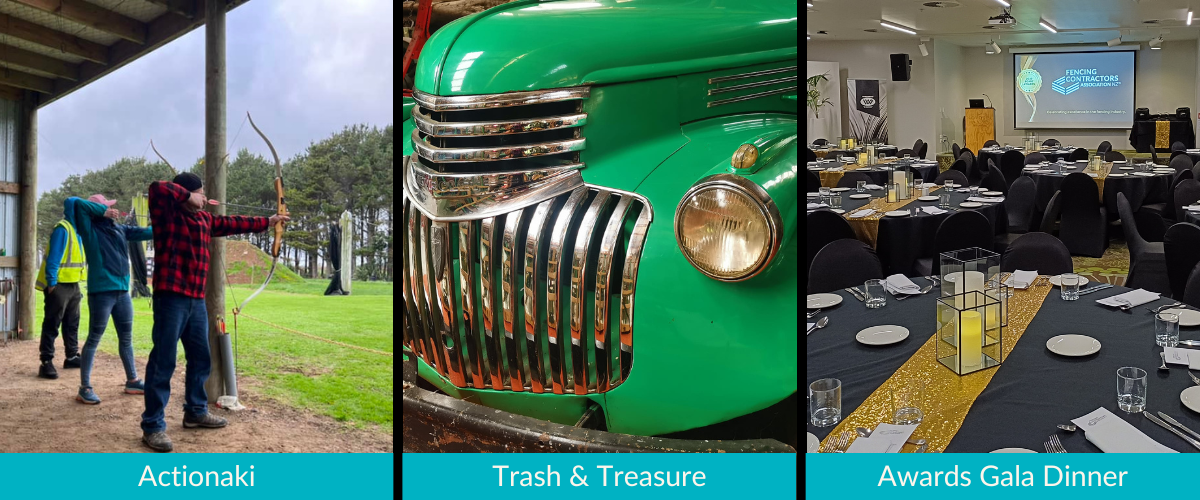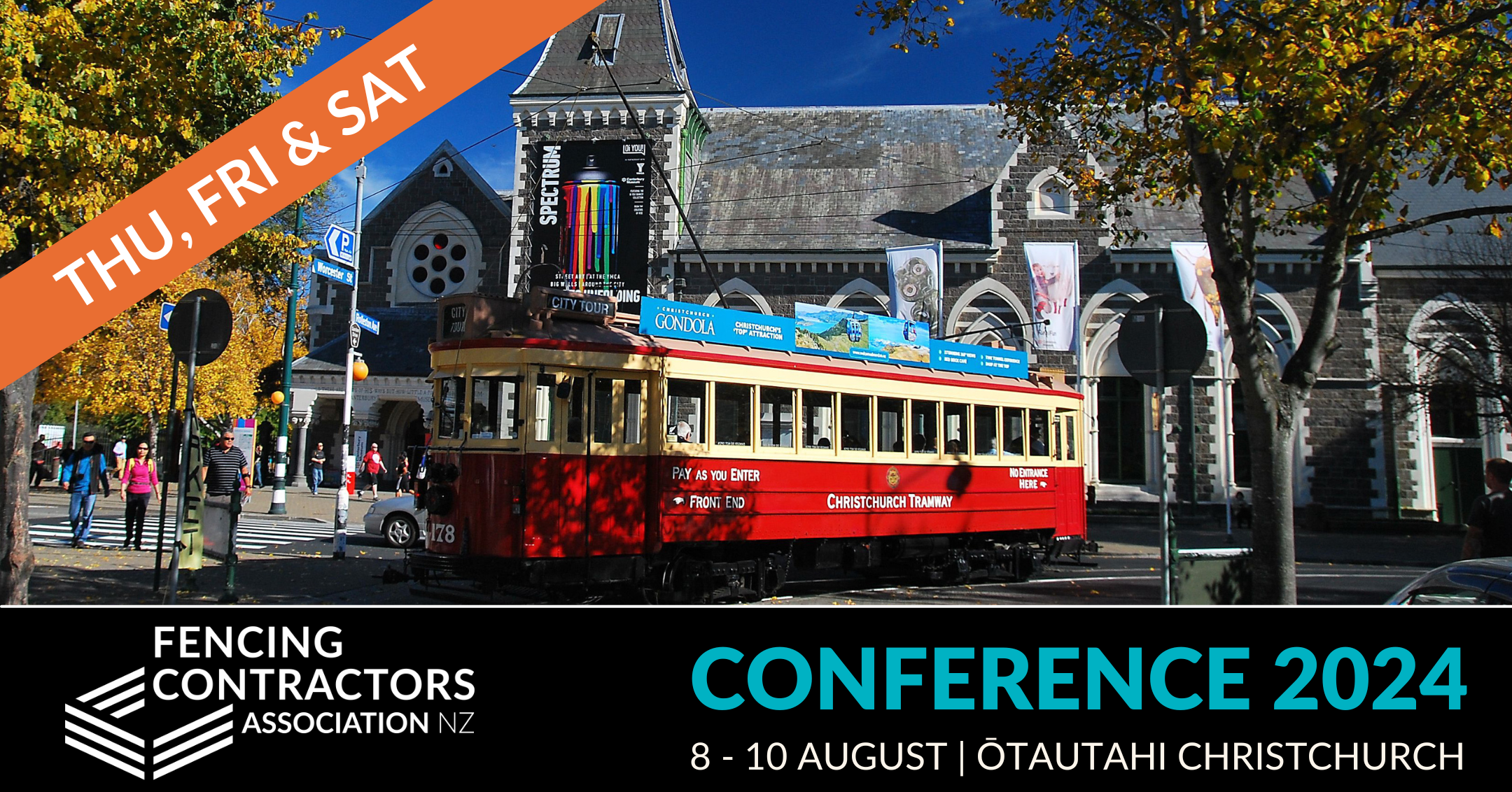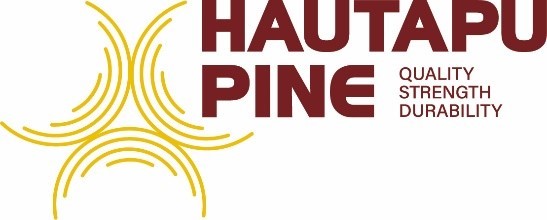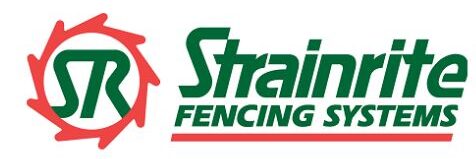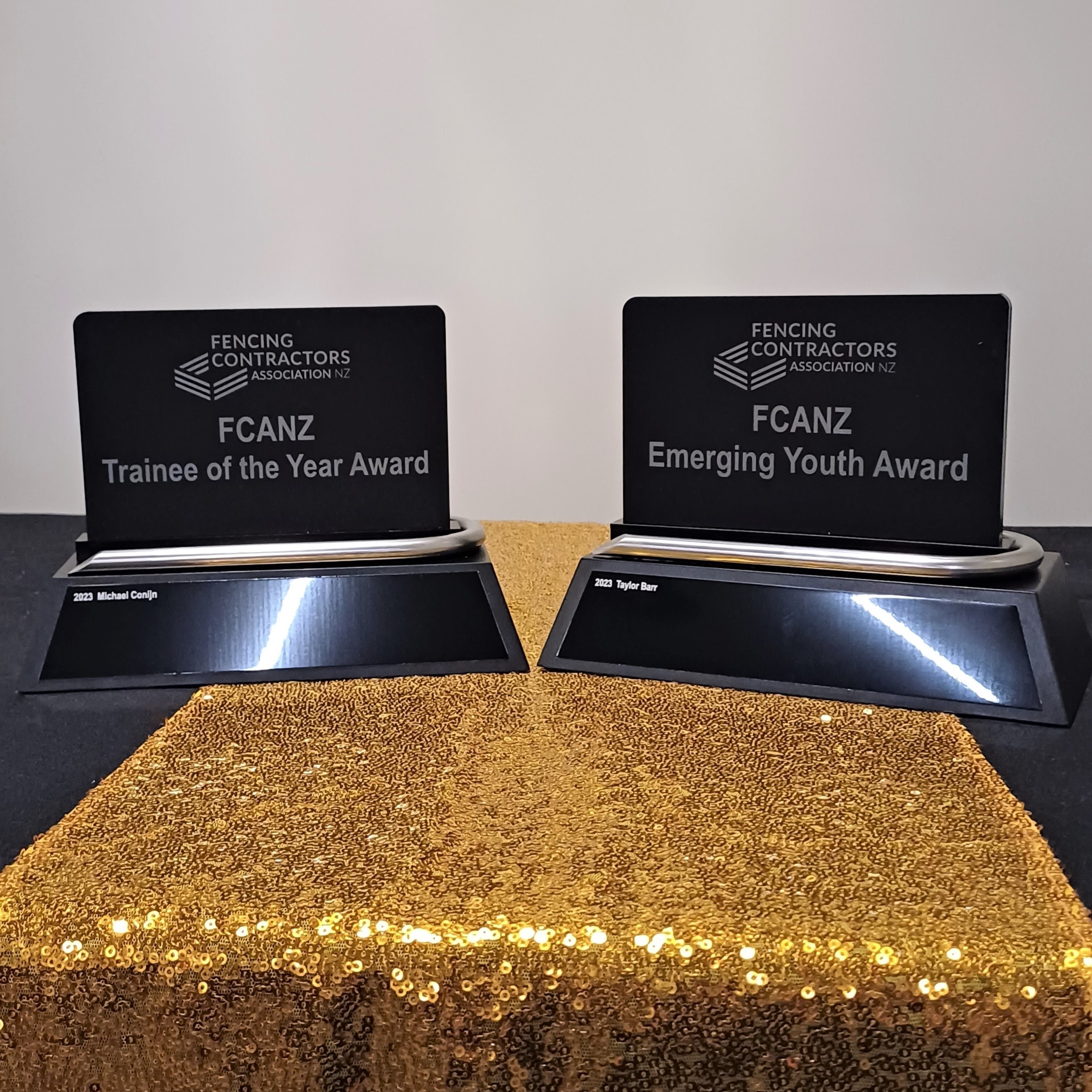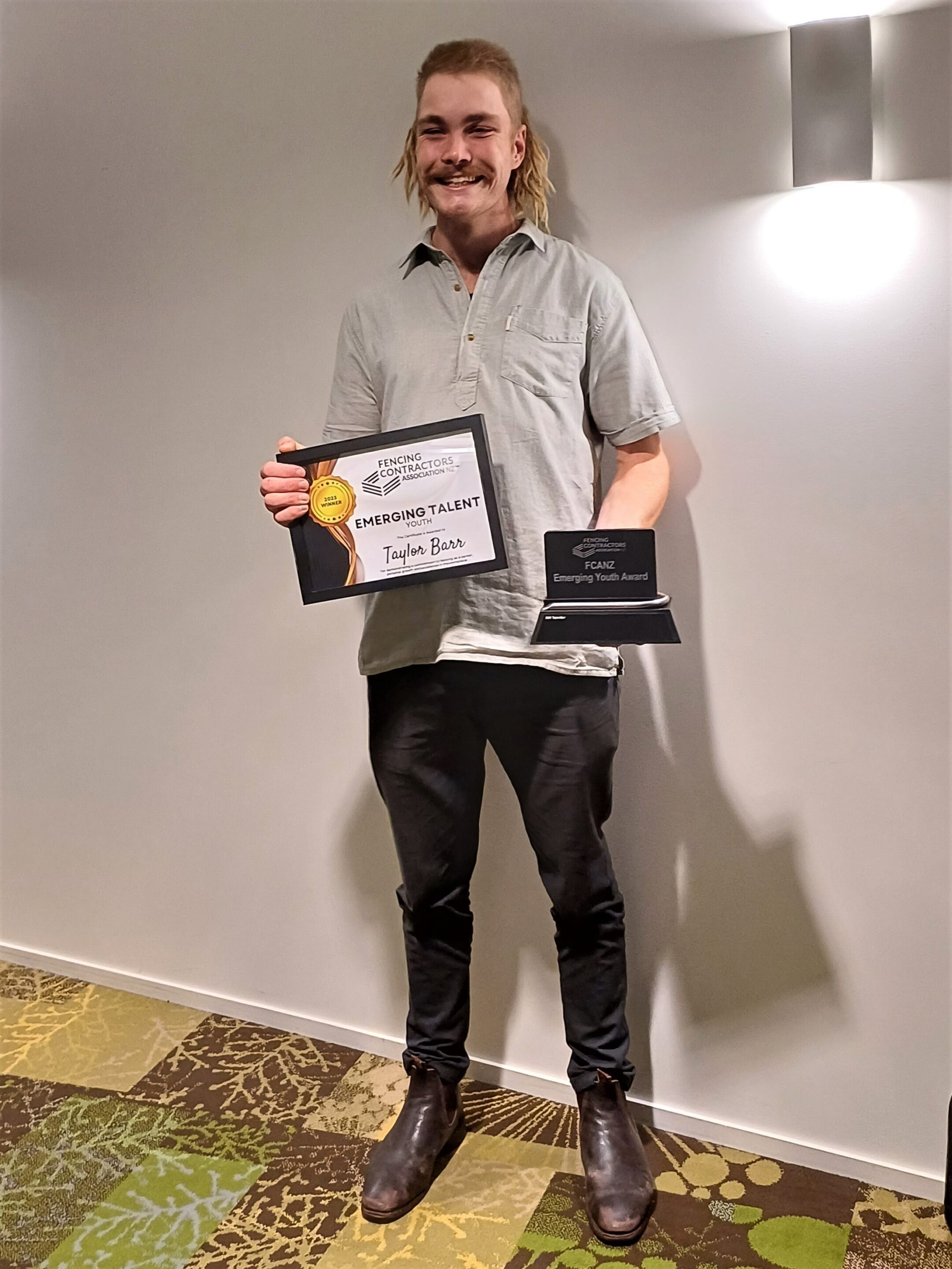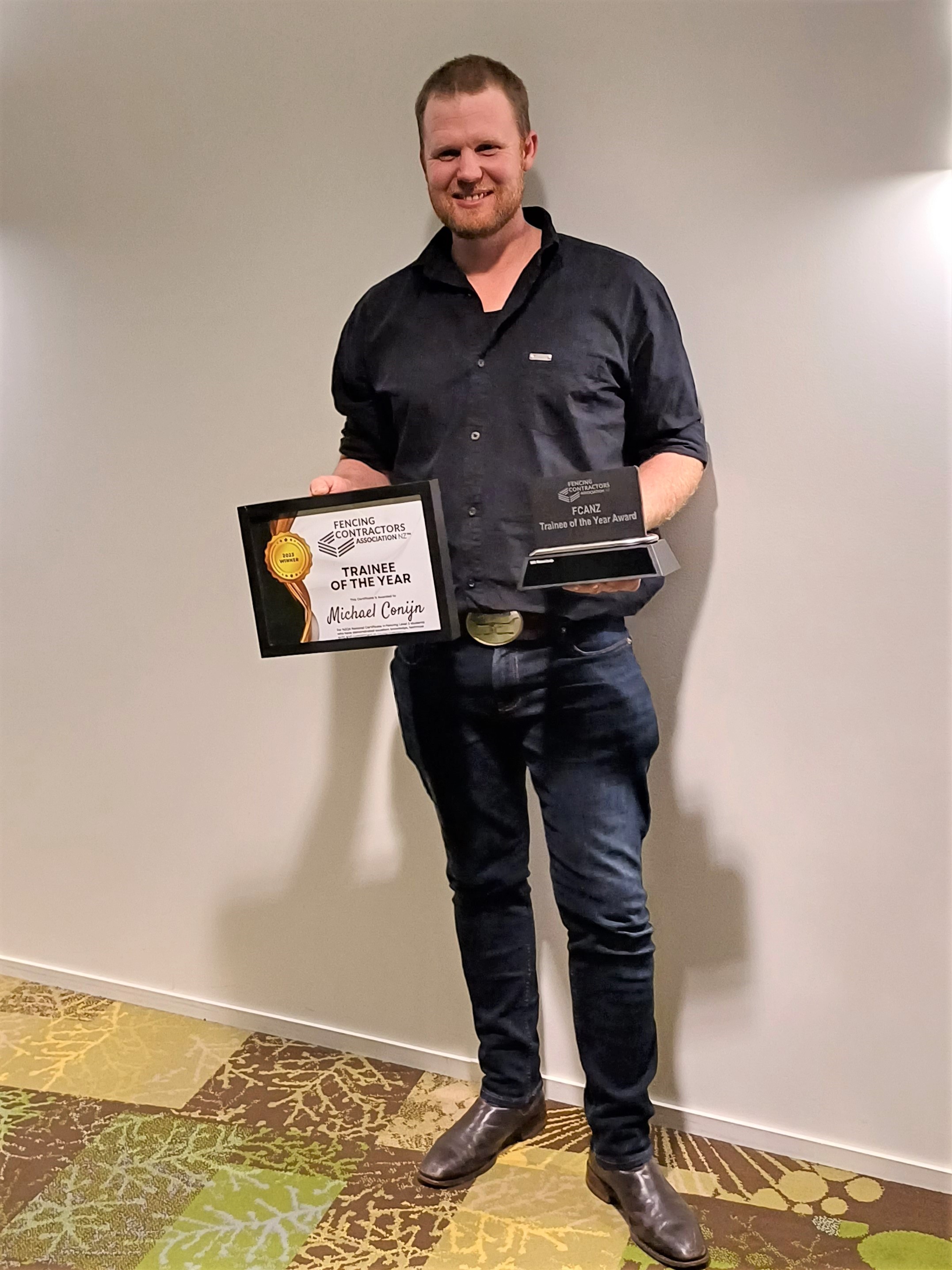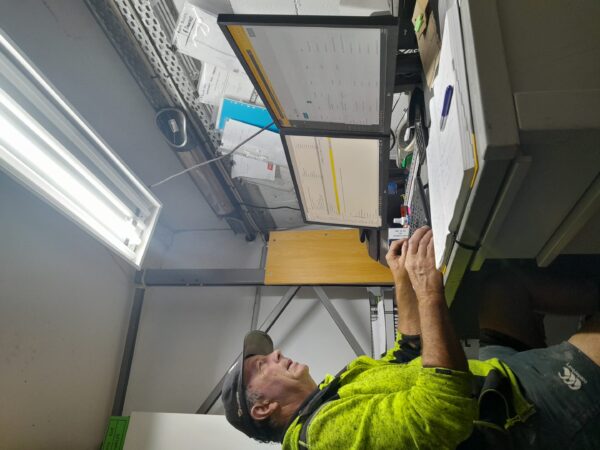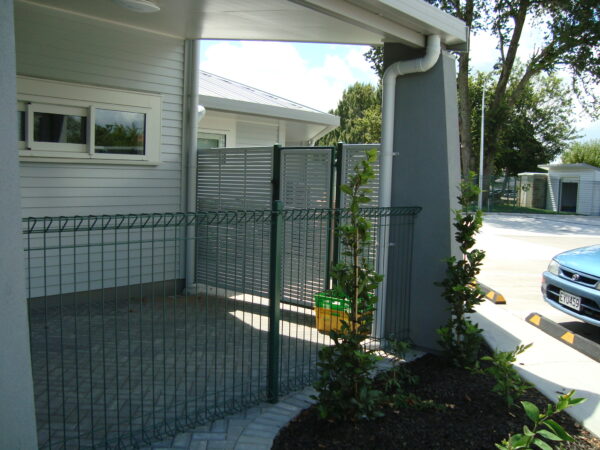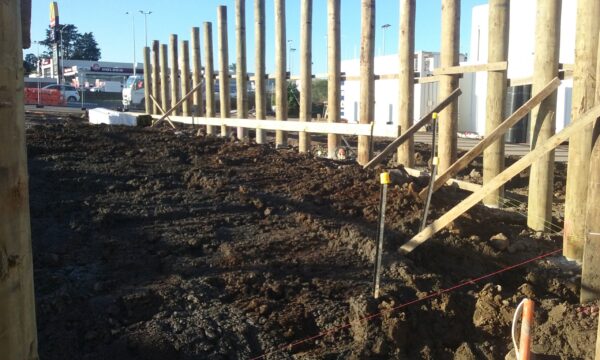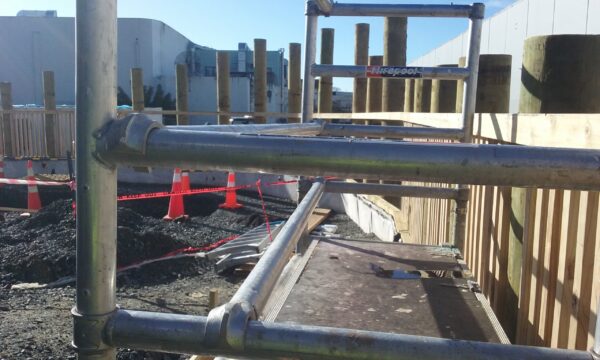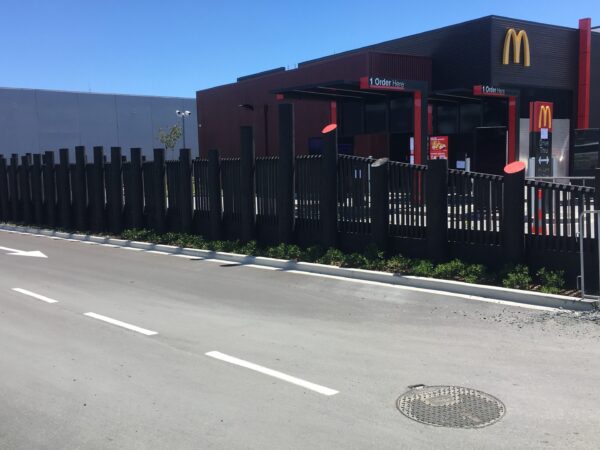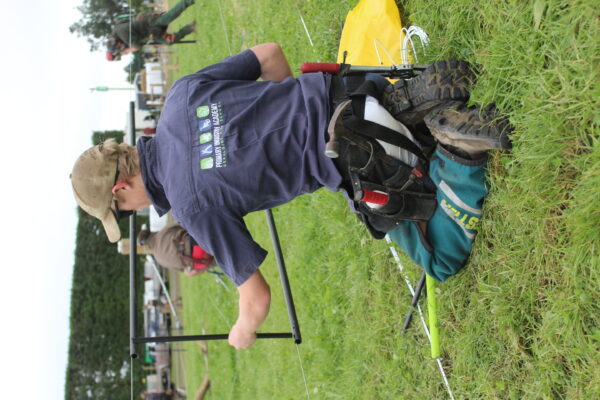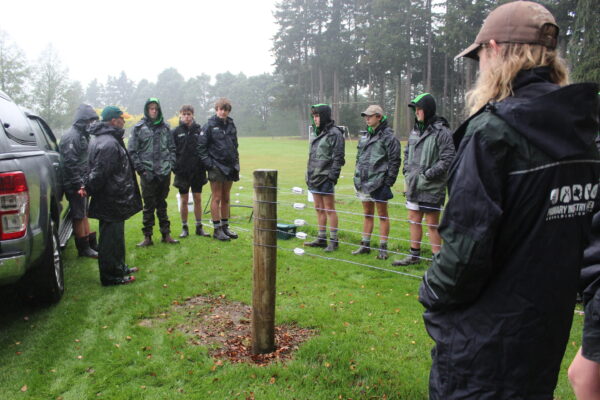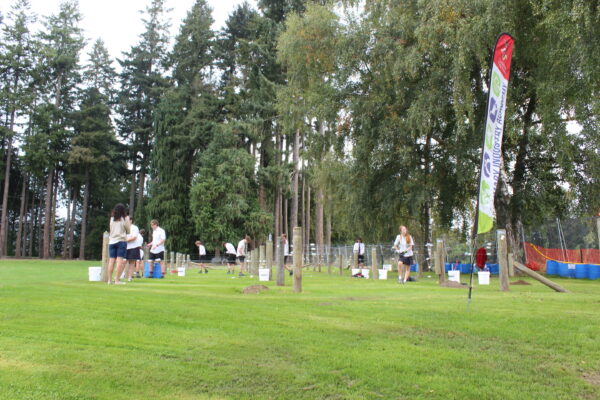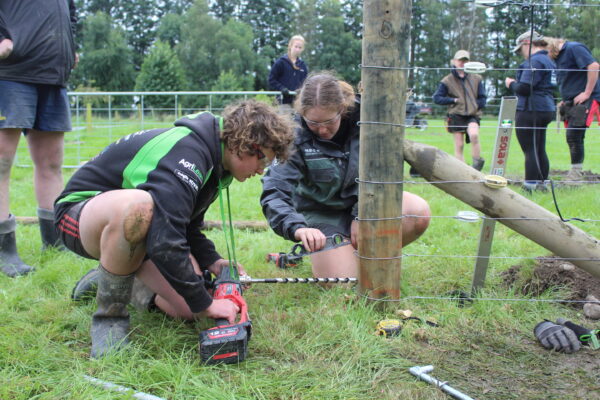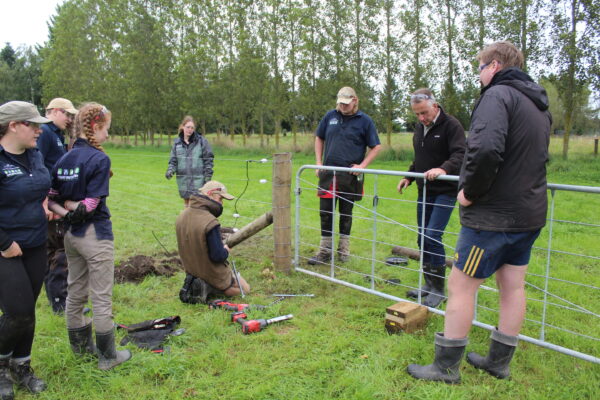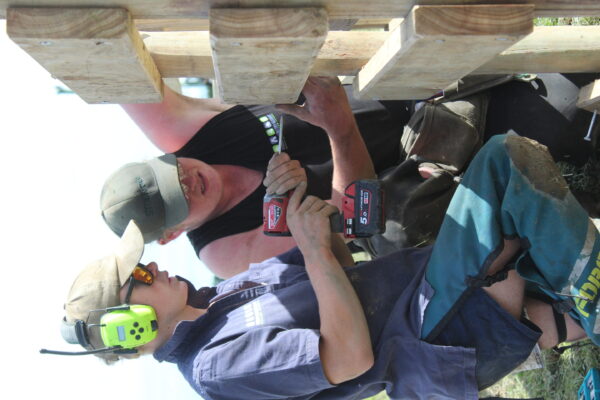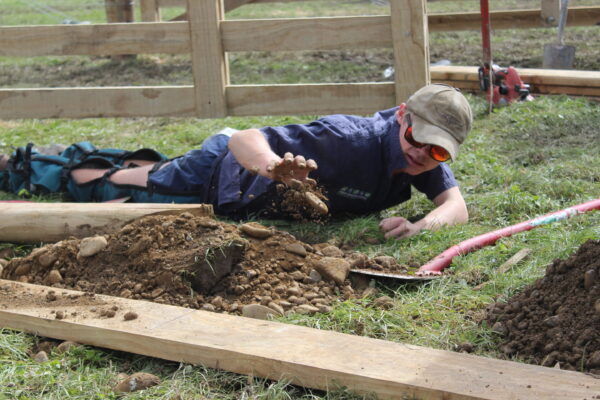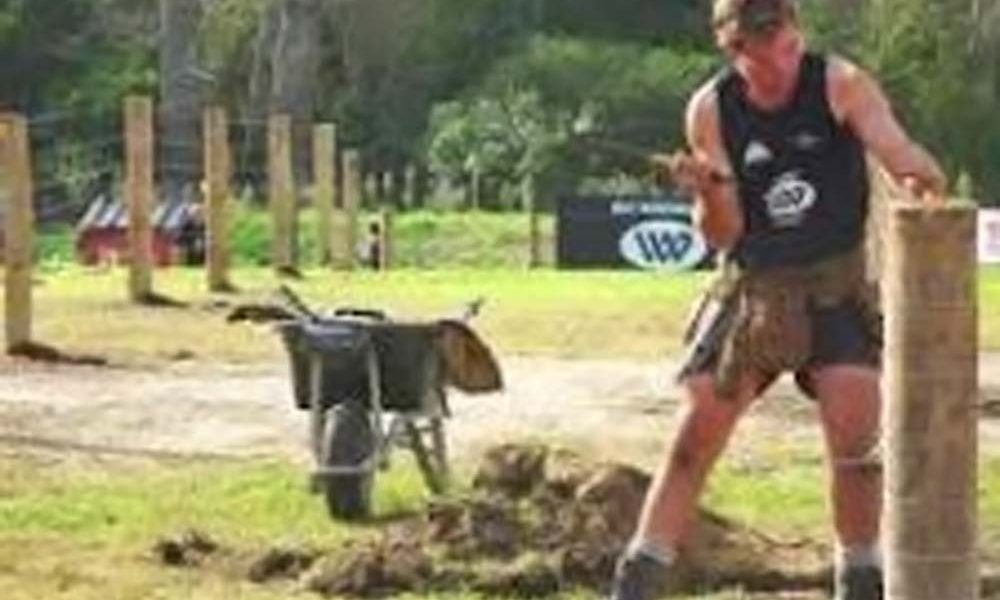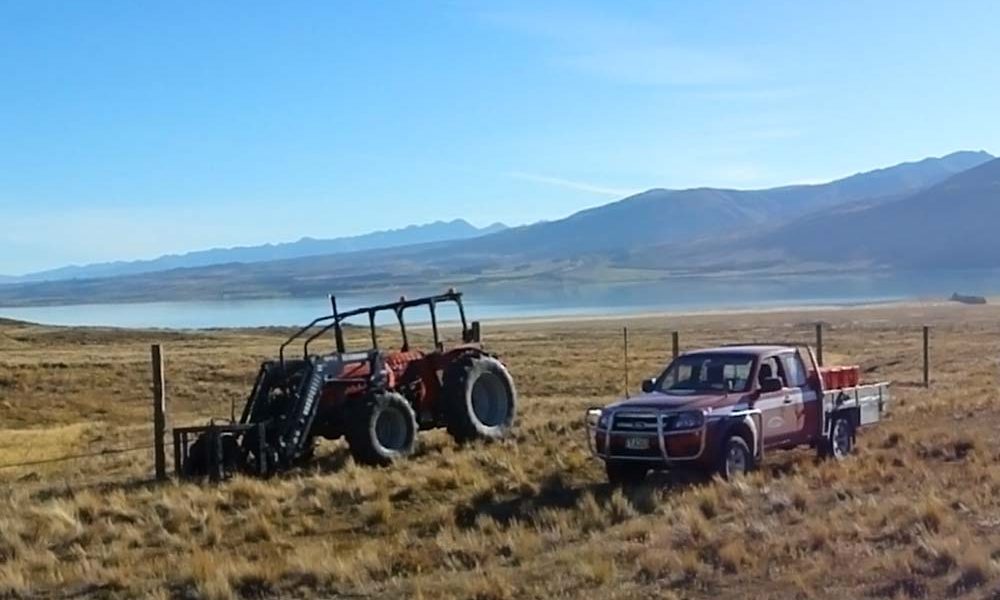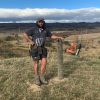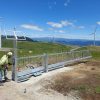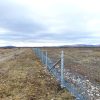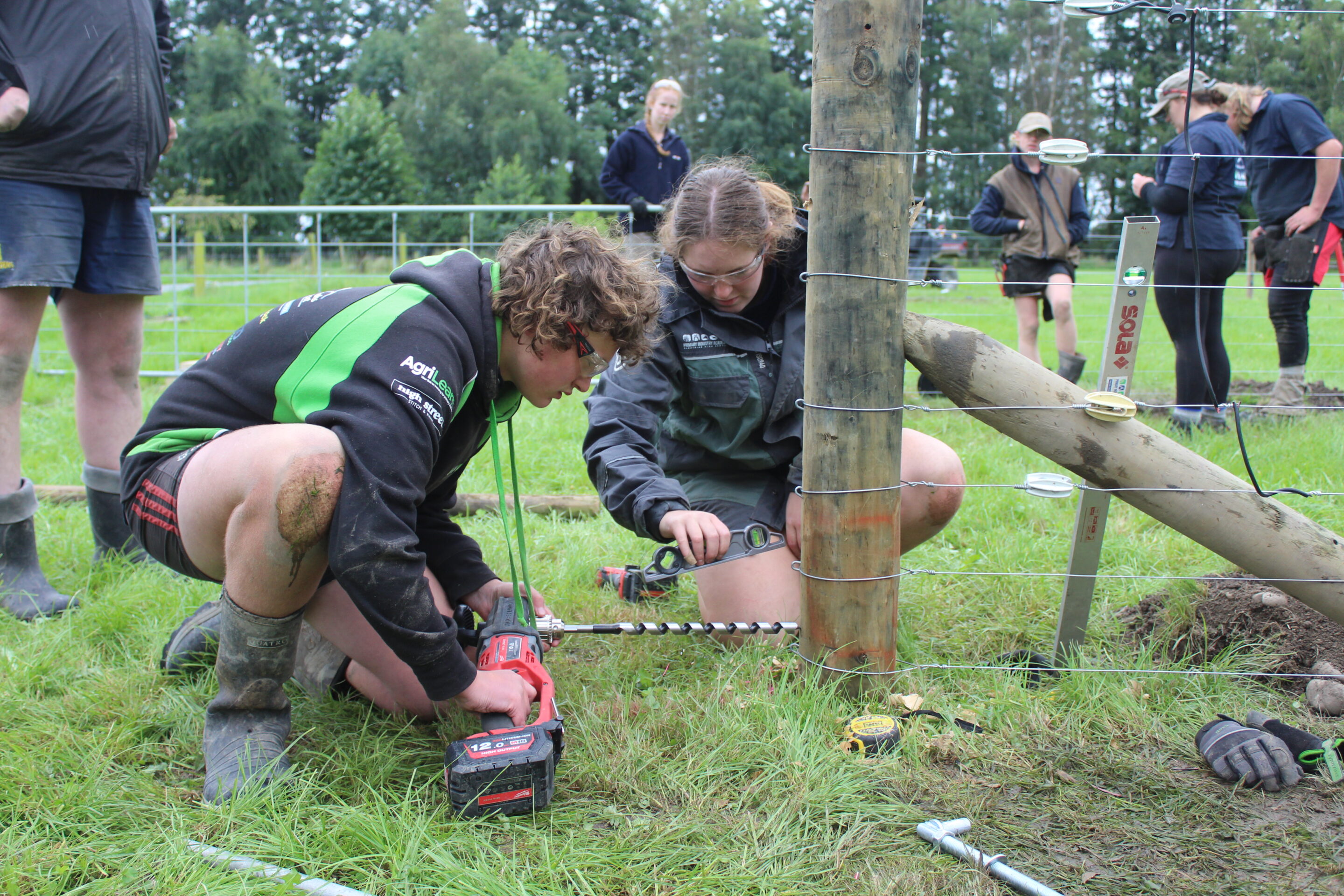
Sarah Foley-Smith talks about taking a group of students to compete in the South Island Agricultural Field Days Doubles Fencing competition.
As the alarm goes off at 3:30am, “Why?” is the only word that comes to mind.
“Come to school on the bus,” I said, “no rush, we’ll cut a track once you all arrive,” I said. Then we entered the South Island Agricultural Field Days Doubles Fencing competition in Kirwee and our timeline changed somewhat. Fortunately, Outdoor Education needed to pop a tramp on the school calendar, which reduced our 16 favourite friends to 6, but with the first pickup in Pleasant Point, she was a bit of an early start.
Optimistically the gear list for the day included blanky and pillow, but the teenagers were unexpectedly alive so early in the morning and therefore it was tunes of a similarly unexpected genre through to Rakaia. “Singing” Katy Perry, Taylor Swift and Miley Cyrus at the top of their delicate wee voices had the superior driver begging for another strike day. It was with desperation that a light bulb moment ensued – feed them! Can’t sing if they’re eating. So it was pies all round at the Rakaia Bakehouse, followed by a brief period of blissful silence as we boosted through to Kirwee.
A grand arrival
It had been raining and the Bear Grylls of the Primary Industries Academy (PIA) had organised gumboots and a tow rope. Smiling nicely and batting our eyelashes at the gate to the Field Days got us into the restricted parking area. A sea of mud left, right and sideways off all tracks had our superior driver questioning the pushing power of the teenagers. The desire to make a good impression overcame the perks of a good park, and we unloaded fence side and headed off to park in a paddock far far away…. and more appropriate for 2-wheel drive vehicles. Inconspicuously parking amongst EVs and nana cars, our team leader parked and made a hasty exit through to the 4WD area to enter the grounds alongside other mud-gripping vehicle owners. Now is a good time to remind the GD Community Bus Trust of my request for a 4WD van please… am batting eyelashes!
Quinn Foley-Smith and Aidan Christie are entering the Doubles Fencing Competition. This is a big deal. To explain: It is the only qualifying round in the South Island for the National Finals. Contestants generally are hard-out, experienced fencing contractors. So a couple of teenagers from Geraldine High School looked right at home.
The set up
Our fencers met us there (apparently it’s not the done thing to arrive in a minivan and towing a trailer?) Quinn had packed two of every power tool known to man, an impressive line-up for some school kids.
Did I mention it was cold? Very! Luckily PIA is kitted out head to toe by Highstreet, topped off with Woolworks beanies. We were on site just after 7 am to get our bearings, set up, and start making friends. We had been doing a bit of practice at school and are very grateful for the help received from Struan Moore from Strainrite, the team at Stockade plus Toby How Fencing & Ben Haugh Fencing.
Holding their own in the competition
The lads had to build two fences, one with a pivot crossing and the second a 5-wire electric, angle, and box stays; build and hang a gate; build a boarded section; dig in 3 posts and ram Y posts. We had a plan and agreed that it was more important to finish the build and get good feedback rather than worrying too much about time. We certainly lost points on time, but the feedback and experience were invaluable.
The great thing about the fencing contractors’ community is that they are all so helpful and generous in sharing their time and expertise, which we certainly made the most of. While we didn’t (and didn’t expect to) place, we certainly didn’t disgrace ourselves in the big boys’ world, managing to hold our own in a few sections including Box assembly, angle stay, gate build, and rails. The compère was quite impressed that the lads had gone to such extremes in order to get a day off school and that their reason for entering was that ‘Mum\Sarah made me’. Good job!
Exploring the Field Days
Meanwhile…. The intrepid PIA “A” team was let loose around the Field Days, gleefully returning to describe the other school students onsite in formal uniform and school shoes in the ankle-deep mud. Maps were distributed with a carefully highlighted plan of attack – sites to visit and homework to get completed – including photos and thankyous to all of our sponsors, and research into how to spend the PIA budget. Fortunately, the Buy button couldn’t leave the fencing.
Tanker Challenge
Completion of the fencing saw a two-hour power shop ahead of us, beginning at Fonterra (PIA sponsors). Joy! There was a tanker driving simulator: MFS (Mrs Foley-Smith) leaps into the driver’s seat, ready to have confirmed her driving expertise is of epic proportions, only to be informed that you have to be over 16. Damn, ID’s at home. So the hot seat is given up to Lydia, Charlotte and finally Ella. The first two were able to clearly demonstrate the superiority of female drivers worldwide, with Ella experiencing a brief “male” moment in stalling, familiarising herself with verge-side driving and climaxing in a roll. A small bribe saw Ella’s score deleted from all records and a more acceptable ranking reinstated. We have Goody’s Driving School on speed dial and several sessions are now booked. After relaxing in the members-only area, it was off to introduce ourselves to Animal Tanning Services, whom we are visiting next term in Invercargill. Amongst the wide variety of plush skins and rugs, we found a cat. OMG, thoughts abound as to the uses of Fluffy beyond the grave.
Next steps
Back to fencing for the prizegiving and pack up. Our next step is the Cadet Fencing competition in June at the National Fieldays at Mystery Creek, so getting judged and receiving great feedback from official judges and sorting a plan of attack for the next level was awesome. A massive thank you to the FCANZ team, Nick Terry, Leanne & Nick Stanger, Collin, and Noksee for running such a great day, looking after and including us – and sharing your talent and expertise. And a huge thank you to our sponsors: Stihl, Strainrite & Stockade. Man, we learned heaps.
16 hours after pickup, the class was tucked up at home. Teenagers are amazing, never ceasing to amaze me with their knowledge and attitude.
About the Primary Industries Academy
A bit about Geraldine High’s PIA team: we are a practical class running for students from Years 11 – 13. A typical week sees us outside fencing, on-farm for work experience, and usually there is either a trip or a course on during the week and over the weekend. We do a large amount of volunteer work at A&P shows, local schools, and in the community, including sending students to Hawke’s Bay for cyclone recovery fencing, with some students clocking up more than 250 Student Volunteer Army hours in two years.
We enter Young Farmer and fencing competitions. All students fundraise for the extras, which include clothing, resources and equipment, disaster recovery and overnight trips away. We are fortunate enough to have an amazing community and group of parents behind us, without whom our course would not be one of the top schools in New Zealand for practical primary sector education. In a nutshell, we are really, really good at getting stuff done.
My Why
Like most part-time teachers, my working hours are largely voluntary. So what’s the driver? The wonder that is teenagers: their passion, humour, and skills. That every day is different and exciting. The desire to squeeze as many opportunities as possible into each week. Watching that light bulb moment when a student discovers that thing they are good at, when they are acknowledged for their success for the first time in their school life. Being able to offer a meaningful subject for all the practically minded students and show that a career path in the Primary Sector is something to be proud of. Running into ex-students and hearing them proudly tell me about life after school.
In 11 years in the PIA driving seat, the most valuable thing I have learnt is Attitude. With the right attitude, the world is at your feet regardless of background, qualifications, or experience.
Article written by Sarah Foley-Smith
Primary Industries Academy
Geraldine High School
geraldinehs.school.nz
Published in the A week in the life of Feature in WIRED Issue 69 / June 2023 by Fencing Contractors NZ
Read WIRED online
Follow us on Facebook
© Fencing Contractors Association NZ (FCANZ)
